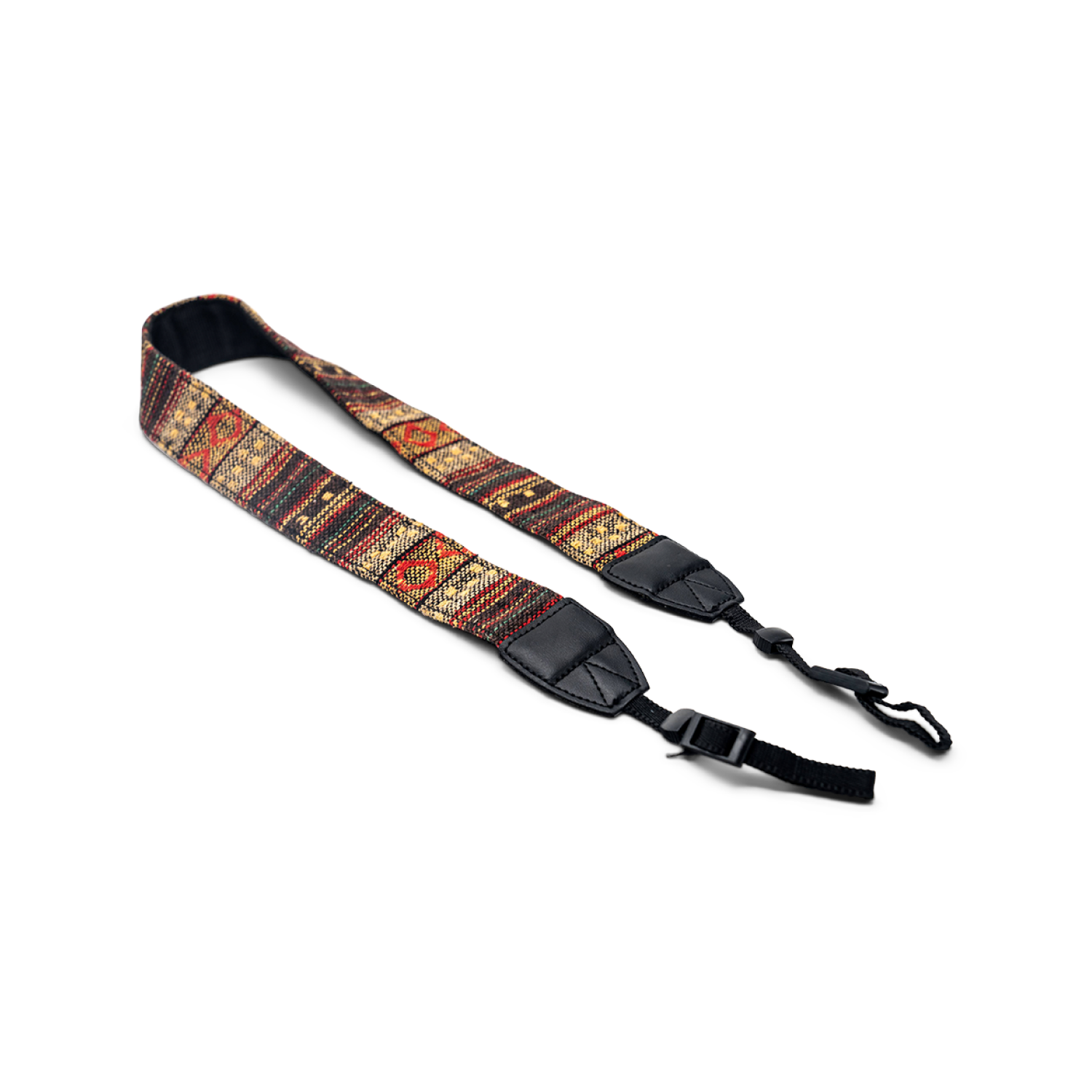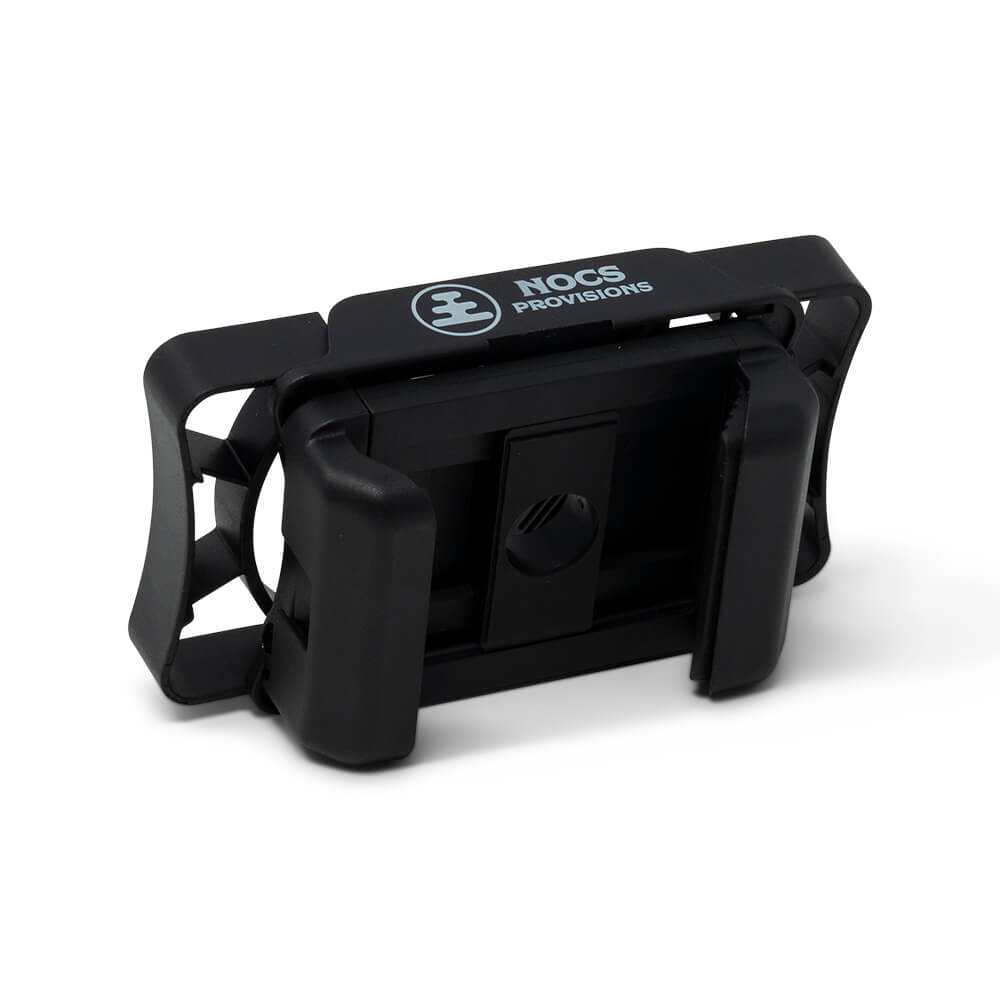The Caribbean Monk Seal lived a great existence, hanging in paradise and snacking on fine seafood. This luxurious lifestyle was unfortunately brought to a halt by the arrival of too many humans choosing to live in their tropical territories, a common theme for many of these creatures.
While there was little research done on the sea wolf, we at least have a decent understanding of it. Its closest living relatives, the Hawaiian and Mediterranean monk seals bear a striking resemblance in appearance and behavior. However, they too are on the critically endangered species list.
So what makes a monk seal, a monk seal?

Features
The Caribbean monk seal, like its closest relatives, was distinguished by its rounded, earless head. Its snout was broad and protruding with large whisker pads. From these, extended long vibrissae, otherwise known as whiskers. The vibrissae were ultra-sensitive, assisting in the detection and analysis of various objects.
Seals are pinnipeds, meaning they have 4 webbed flippers — 2 in the front, 2 in the back. If you looked up close, you’d see 5 tiny claws on the tips of each flipper. The Caribbean monk seal’s flippers were relatively small compared to its body. They had robust, blubbery bodies, could grow up to 8 feet long, and weigh between 375-600 lbs.
The animal’s coat was sleek and shiny with a greyish/brownish hue. It was common for algae to grow on Caribbean monk seals, which gave them a green tint.

Habitat
Caribbean monk seals were often spotted along the Caribbean Sea, Gulf of Mexico, and the western Atlantic Ocean. The coral reefs in these waters used to be enough to sustain the animal. However, today this aquatic ecosystem is drastically reduced from what it was when the Caribbean monk seal was around.
Caribbean monk seals were semi-aquatic, spending much of their time hauling out or basking in the open air. This time spent outside of the water usually took place after intensive underwater foraging. They were often seen beached on isolated islands or sandy shores, rolling around and yawning their cares away.
Aquatically, the Caribbean monk seal was light as a feather and highly agile. Above water was another story. On land, it would slowly slug around while overworking its undersized flippers. It’s all part of a sea pup’s charm!

Diet
Caribbean monk seals were carnivorous, finding most of their meals within the coral reefs. They ate anything from crabs and lobsters, to small fish, eels, squid, and octopus. For the most part, they were benthic feeders, meaning they did most of their hunting on the seafloor.
Behavior
This creature was highly social. They were documented as having a gentle and curious nature, which made them especially vulnerable to humans.
The Caribbean monk seal usually hauled up in groups of 20 to 40, sometimes more. Speaking of, do you know what to call a group of seals? Well, there are a few answers to that question — one of them being a “bob”! But usually, they’re referred to as a herd.

Extinction
In 2008, after an unsuccessful 5-year search, the United States declared the Caribbean monk seal extinct. Yet, it’s believed that the animal had been extinct for quite some time before this announcement.
So what led to this seal’s tragic demise?
Without a doubt, it was a direct effect of human interference. In fact, this is the only seal species to go extinct from human causes. Some Caribbean monk seals were captured and displayed in aquariums, living for only a few years at most. However, it was 2 significant contributors that led to its extinction: loss of habitat and hunting.
Humans hunted the animal for the oil that was found in its blubber. This was used for various purposes, including lamp fuel and machine lubrication. On top of this, humans were heavily overfishing the reefs that the Caribbean monk depended on for food. Any seals that escaped hunting were likely to have starved to death.
There were little to no conservation efforts made to protect the animal. In 1967, it was listed as an endangered species. But it’s almost certain that the animal had already gone extinct well before the search.
Hopefully, a lot has been learned from this situation. Because we still have its cousins, the endangered Hawaiian and Mediterranean monk seals, to look out for.

